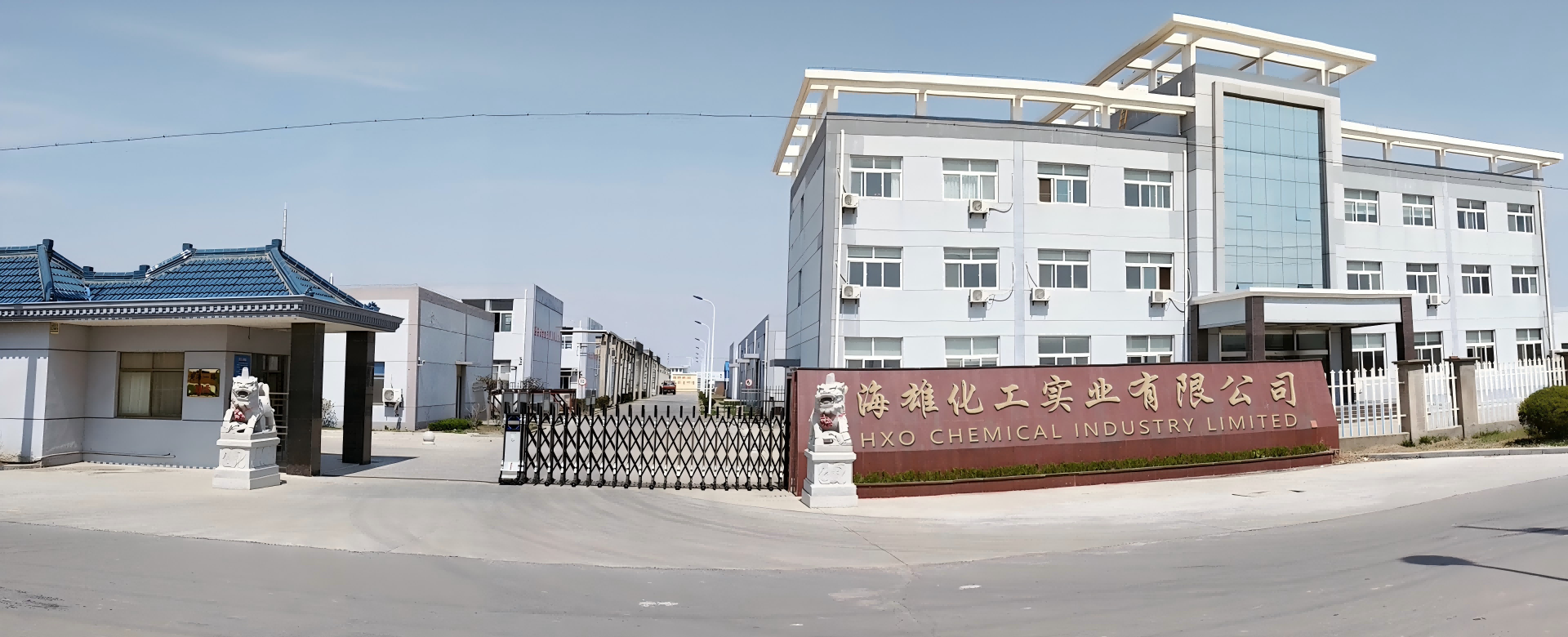Characteristics of PAE plasticizers
PAE is the full name of phthalate, this kind of plasticizer is currently the most widely used class of main plasticizer, it has light color, low toxicity, multiple varieties, good electrical performance, low volatility,low temperature resistance and other characteristics, low cost, its production accounted for about 80% of the total plasticizer, commonly used as the main plasticizer. The characteristics of PAE plasticizer are roughly as follows:
1, Dioctyl phthalate (DOP)
It is a widely used plasticizer, the full name is bis (2-ethyl) hexyl phthalate, it has good compatibility with many polymers, and PVC resin can be well and quickly mixed, and good mixing capacity, high growth efficiency, but also low volatility, good low temperature flexibility, extraction, toxicity is also very low, Coupled with its electrical properties, heat resistance, UV resistance linearity are better, can be used alone, can also be used as the main body with other plasticizers. Because it has these advantages, it is currently used as the standard of general plasticizer, any other plasticizer is compared with it as a benchmark,only cheaper than DOP or has more unique physical and chemical properties, in order to be dominant in economy and use. The domestic DOP dosage accounts for about 45% of the total plasticizer. In recent years, it has been found that the molecular structure of some plasticizers such as DOP is similar to hormones, known as "environmental hormones", long-term use may cause abnormalities in the reproductive system, and even cause the risk of teratus and cancer. Citrate ester, phthalate chain alcohol ester, diacid chain alcohol ester, polyester are low-toxicity plasticizers,It can replace DOP for medical products and products in contact with food.
2,Dibutyl phthalate (DBP)
Alkyl structure is straight chain, is currently the largest domestic production of plasticizer and PVC compatibility is very good, even at low temperature products also have better softness, the price is low, but volatile water extraction is larger, poor durability. DBP and resin compatibility is very good, good processability, high plasticizing efficiency, cheap, but volatility, heat loss and water extraction are large
3, Diisooctyl phthalate (DIOP)
The performance is slightly lower than DOP, can be used as a low-cost substitute,it is the most PVC paste
Useful plasticizer, smelly. Good insulation and oil resistance, low toxicity, but poor cold resistance, heat resistance.
 Five Physicochemical Propertie
Five Physicochemical Propertie
 MCA Flame Retardant|CAS 37640-
MCA Flame Retardant|CAS 37640-
 Flame Retardant Effect of MPP
Flame Retardant Effect of MPP
 The Endothermic Mechanism of P
The Endothermic Mechanism of P


